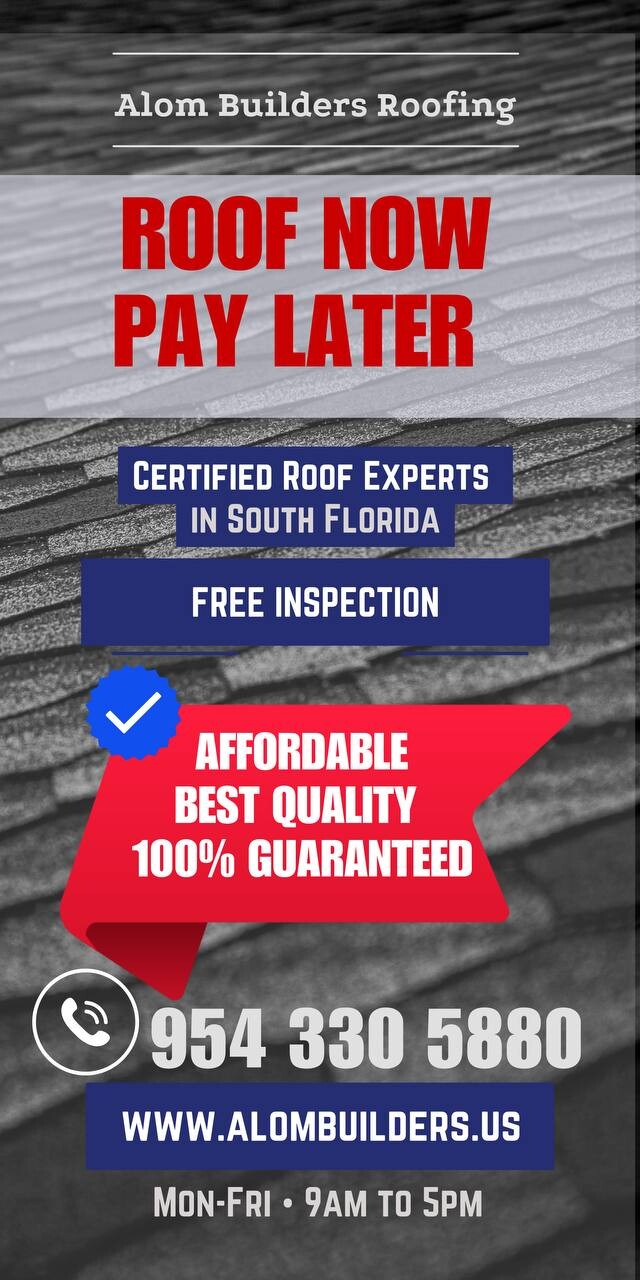[ad_1]
5 Ways to Pay for Your New Roof: A Guide to Financing Options
Introduction
Are you in need of a new roof but don’t have the upfront capital to fund the project? You’re not alone. Replacing a roof can be a costly and time-consuming endeavor, but it’s often a necessary one to maintain the structural integrity and beauty of your home. As a homeowner, it’s essential to know your financing options and understand how you can afford this significant home improvement.
Cash Purchase
While cash purchases might not be a feasible option for most homeowners, for those who can afford to pay in full, the benefits are clear. For one, a cash purchase eliminates the need for loans and interest rates, meaning you can keep more money in your pocket. Additionally, when you pay upfront, you have more flexibility to choose a higher-end roofing material or additional services like insulation installation. Paying with cash also indicates to roofing contractors that you’re committed to the project, allowing you to receive priority service.
Insurance Claims and Warranties
Another route to exploring is leveraging insurance claims or warranties that cover your roofing system. Homeowners typically have liability coverage, property damage, or personal coverage that might compensate for unforeseen expenses related to weather damage, fallen objects, or manufacturing defects. These claims or warranties can serve as a reliable source for financing or help offset upfront costs. Familiarize yourself with your policy documentation and seek expert advice if you’re unsure about which provisions can help with a new roof installation.
Financing Through Lending Institutions
Private lenders offer various options to help cover the expense of a new roof, and it’s crucial to find the one that suits your needs and budget best. From individual loans to whole-house financings, secured or unsecured options can work in collaboration with insurance, government benefits, or federal tax credit programs. A good example is an FHA 203(k) Rehabilitation Mortgage Program, allowing for home reconstruction, renovations, and room additions under one loan agreement. Understand interest rates and repayment periods carefully to manage your outlay and optimize your monthly expenditure.
Government-Backed Schemes and Assistance Programs
Governments frequently implement relief programs and low-interest-rate loans designed specifically for the roofing and building industry, often geared toward homeowners whose roofs require extensive repairs due to damage, storm effects, or manufacturing defects. The Home Rehabilitation Loan Programs, State Energy Loan programs, and Housing and Community Development projects could provide monetary assistance and affordable loan plans. As each government-sponsored initiative operates according to state-specific legislation and local eligibility requirements, carefully review policy details, applications, and eligibility guidelines with a contractor or relevant state agencies before proceeding.
Roofing Industry-Leased Program Options
Recent innovations involve partnerships between manufacturers, financiers, and roofing services providers offering equipment financing services, designed primarily for those in need of new installation, or as part of ongoing building project. While not conventional banks, contractors or partners working directly with roofing vendors supply credit access for individuals through secured leasing, making more flexible interest rates or installments arrangements possible for an affordable rate. Always double-check agreements and clauses concerning usage costs, security measures, warranties, or guarantees for insurance purposes to fully comprehend such financing approaches.
[ad_2]
 +1 954-228-7485
+1 954-228-7485 